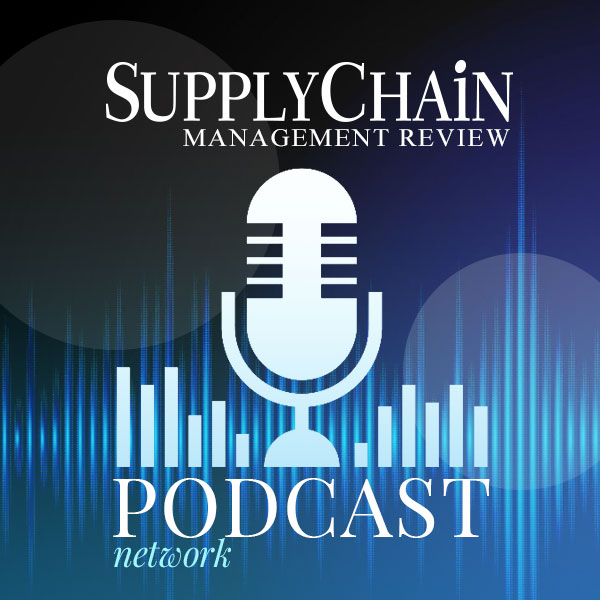Atradius, a consultancy specializing in trade credit insurance, surety and debt collections, maintains that the global economy has continued to gain momentum over the past months, with a 3.1% expansion projected for this year.
Higher inflation, falling unemployment, and strengthening Purchasing Manager Indices (PMIs) all suggest higher GDP growth in advanced markets.
Atradius analysts observe that the U.S. economy leads this trend while the recovery in the eurozone becomes increasingly entrenched. The outlook for emerging markets is also brighter, as Brazil and Russia are emerging from recession, and access to finance remains favorable. While the global economic outlook is more robust than in previous years, political uncertainty remains a downside risk to stability.
However, the main challenges to the global outlook – the threat of deflation, negative bond yields, austerity, and low commodity prices – are slowly phasing out.
Global trade is supporting this recovery. After a 1.3% expansion in 2016, trade growth (12-month rolling average, y-o-y) has picked up to 3.3% as of July 2017. The stronger-than-expected expansion is being driven by intra-regional trade flows in Asia and strong import demand from North America.
Despite political uncertainty, most high-frequency indicators point to sustained growth: the global composite PMI posted held steady at 54 in September, pointing to a solid and stable rate of expansion. This has motivated some dramatic upward revisions of trade growth forecasts in 2017. The WTO raised its 2017 forecast for merchandise trade growth to 3.6% from 2.4%.
Oil prices have also been increasing over the past month with Brent crude oil reaching about $58 per barrel. The price increase is supported by lower OPEC production as well as fears of supply disruptions surrounding the Kurdish independence referendum in Iraq.
At the same time, U.S. shale production is expected to keep prices muted in the short term, and OPEC is likely to extend its production cut agreement past the March 2018 deadline. The U.S. Energy Information Administration forecasts Brent crude oil to average $51 per barrel in 2017 and $52 in 2018.
Atradius economist, Dana Bodnar concludes that while their outlook for 2018 is optimistic, there remain several downside risks that could very well reverse this.
“We are have a number of concerns,” she says, “included a misguided Fed policy.”
She observes that with leadership change, there is higher risk that interest rate hikes and quarterly earning reductions may occur more quickly. This would cause financial market turbulence and a reversal of capital flows from emerging markets.
A China “hard landing” is another worry says Bodnar
“Should economic growth in China slow to below 6% next year (we now forecast 6.4%), negative effects would spill-over into countries dependent on trade with or investment from China and would weigh on global trade growth and commodity prices. Like misguided Fed policy, it would also drive financial market volatility and capital outflows from EMEs.”
According to Bodnar, U.S. protectionism is another “unknown” for economists. She says that while policy uncertainty risk in the US has eased through 2017, there remain difficult negotiations around NAFTA particularly as well as smaller protectionist measures being taken,” she says.
“This runs the risk of slower trade and GDP growth in countries with close trade ties to the U.S. as well as the nation itself.
As with other economists, Bodnar is keeping a keen eye on oil price volatility, which she sees as becoming increasingly risky. She argues that the oil price may correct itself upwards after years of low investment in the low price environment. This could help some emerging market oil exporters but would be outweighed by the negative impact of price uncertainty on investment.
Finally, there are the geopolitical risks to consider, Bodnar maintains:
“While political uncertainty has eased in advanced markets, flare-ups of unrest and violence in the Middle Ease or Korea could have negative impacts on global growth, largely through lower confidence, driving up risk premiums for emerging markets and hampering access to finance for firms.”
SC
MR


Latest Supply Chain News
- How S&OP provides the answer to in-demand products
- AI, virtual reality is bringing experiential learning into the modern age
- Humanoid robots’ place in an intralogistics smart robot strategy
- Tips for CIOs to overcome technology talent acquisition troubles
- There is still work to do to achieve supply chain stability
- More News
Latest Podcast

 Explore
Explore
The Academy News
- AI, virtual reality is bringing experiential learning into the modern age
- Predicting stockouts: Enhancing FMCG resilience through data-driven insights
- Finding the Right Approach for Supply Chain Education
- The Supply Chain Triad
- Innovating Supply Chain Higher Education with Generative AI
- How Smart Supply Chain Management Boosts Brand Identity
- More The Academy
Latest Academy Resources

Subscribe

Supply Chain Management Review delivers the best industry content.

Editors’ Picks





